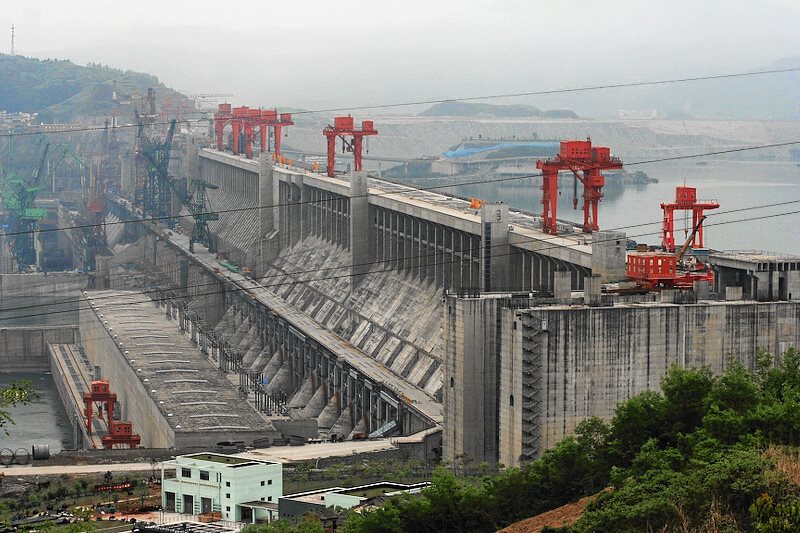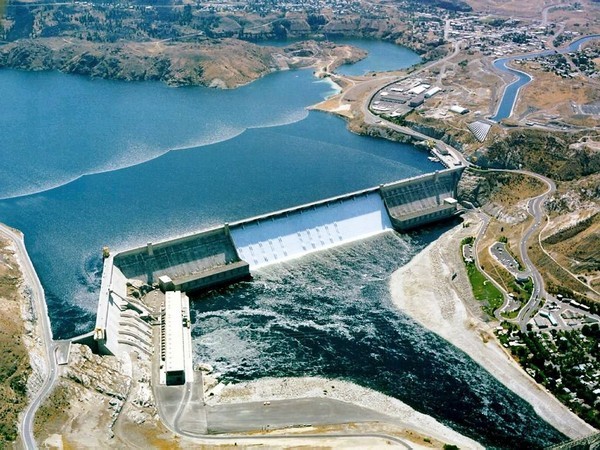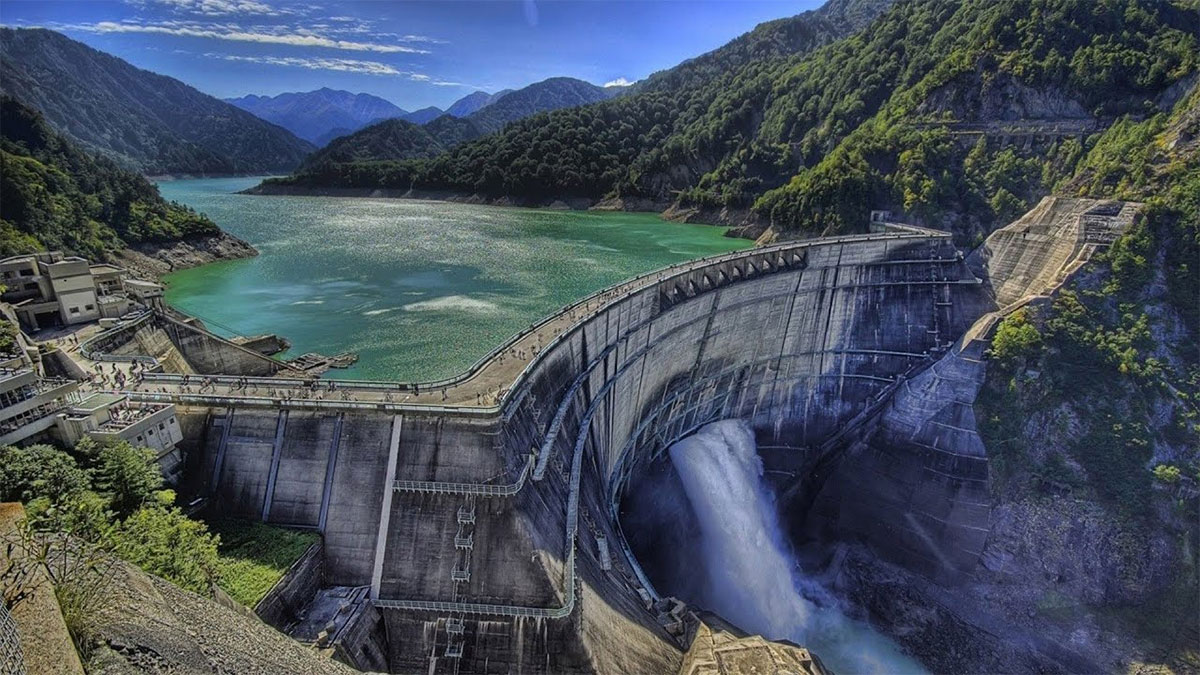Under Construction Dams in Pakistan
Introduction
Pakistan is a land blessed with mighty rivers flowing from the Himalayas and the Karakoram ranges, yet it faces an ongoing challenge of water scarcity, energy shortages, and agricultural demands. To address these concerns, the country has undertaken major projects in the form of under-construction dams. These dams are not just engineering marvels but also essential for ensuring water conservation, power generation, flood control, and agricultural development.
In this article, we will explore the major under-construction dams in Pakistan, their importance, current progress, and the long-term benefits they will bring to the nation. If you are passionate about discovering Pakistan’s infrastructure and development projects, Pakistan PTPC offers reliable resources and insights into these ongoing megaprojects.
Major Under-Construction Dams in Pakistan
Diamer-Bhasha Dam
- Location: Gilgit-Baltistan and Khyber Pakhtunkhwa border
- Type: Roller-compacted concrete dam
- Capacity: 8.1 million acre-feet (MAF) storage; 4,500 MW hydropower generation
- Status: Under construction (expected completion around 2029)
Diamer-Bhasha Dam is one of Pakistan’s most ambitious projects. It will be the world’s tallest roller-compacted dam and a critical project for Pakistan’s water storage and power needs. Apart from generating electricity, it will extend the lifespan of downstream dams like Tarbela by reducing sedimentation.


Ecological Importance of Flower Valleys
Mohmand Dam
- Location: Mohmand District, Khyber Pakhtunkhwa
- Type: Concrete-faced rock-fill dam
- Capacity: 1.2 MAF water storage; 800 MW hydropower generation
- Status: Under construction (expected completion by 2026)
Mohmand Dam is crucial for flood control in Peshawar, Charsadda, and Nowshera while also providing irrigation water and electricity. It is expected to irrigate 18,000 acres of land and supply drinking water to Peshawar.
Importance of Dams in Pakistan
Before looking into the ongoing projects, it is important to understand why dams are vital for Pakistan’s economy and survival.
Water Conservation
Pakistan depends heavily on the Indus River system, but due to lack of sufficient reservoirs, a significant portion of water is wasted into the Arabian Sea. New dams will help store this water for irrigation, drinking, and industrial use.
Hydropower Generation
With rising electricity demand, hydropower offers a renewable, cost-effective solution. Dams provide clean energy, reducing dependence on imported fuel and thermal power.
Flood Control
Seasonal floods in Pakistan cause widespread destruction. Properly designed dams regulate water flow, minimizing flood damage.
Agriculture Support
Pakistan’s economy relies on agriculture. Stored water from dams ensures a steady irrigation supply, enhancing food security and crop yields.
Dasu Hydropower Project
- Location: Upper Kohistan, Khyber Pakhtunkhwa
- Type: Run-of-the-river project on the Indus River
- Capacity: 4,320 MW (planned in phases)
- Status: Phase-I under construction (expected by 2026), Phase-II will follow
Dasu is one of the largest hydropower projects in the world. It is being constructed in two phases and will play a central role in meeting Pakistan’s future electricity demands with clean energy.
Keyal Khwar Hydropower Project
- Location: Lower Kohistan, Khyber Pakhtunkhwa
- Type: Run-of-the-river
- Capacity: 128 MW
- Status: Construction ongoing
This project is smaller compared to others but still vital in contributing renewable energy to the national grid. It will help meet local energy demands while supporting national goals of reducing reliance on fossil fuels.

Benefits of Under-Construction Dams
Meeting Energy Demands
The total hydropower capacity from under-construction dams exceeds 10,000 MW, which will significantly reduce the electricity shortfall.
Food Security
With more water stored, Pakistan will be able to irrigate millions of acres of farmland, improving crop production.
Flood Protection
Dams like Mohmand and Diamer-Bhasha will help control seasonal flooding, saving lives and infrastructure.
Economic Growth
Construction projects create thousands of jobs, while the availability of cheap electricity and water boosts industries and agriculture.
Environmental Protection
Hydropower reduces reliance on fossil fuels, lowering greenhouse gas emissions and promoting sustainable development.
Challenges in Dam Construction
While dams promise great benefits, Pakistan faces challenges in their completion:
- Financial Constraints: High costs and reliance on loans delay progress.
- Resettlement Issues: Relocating communities from dam sites creates social challenges.
- Political and Regional Disputes: Water-sharing concerns between provinces sometimes delay projects.
- Environmental Impact: Large dams alter ecosystems and require careful environmental management.
Future Outlook
Pakistan’s vision of achieving energy independence and water security heavily depends on the timely completion of these under-construction dams. If implemented effectively, these projects will transform the nation’s agriculture, industry, and power sectors.
For travelers, engineers, and researchers interested in exploring these megaprojects, Pakistan PTPC provides updated insights and travel opportunities to witness these historic developments.
The under-construction dams in Pakistan represent more than infrastructure projects; they are lifelines for the country’s survival and growth. From Diamer-Bhasha to Dasu and Mohmand, each dam contributes to solving Pakistan’s water and energy crises. While challenges remain, their completion will secure a brighter, sustainable future.
If you are eager to explore Pakistan’s natural beauty, cultural heritage, and groundbreaking infrastructure, visit Pakistan PTPC to discover detailed guides, tourism opportunities, and resources about Pakistan’s ongoing development.
